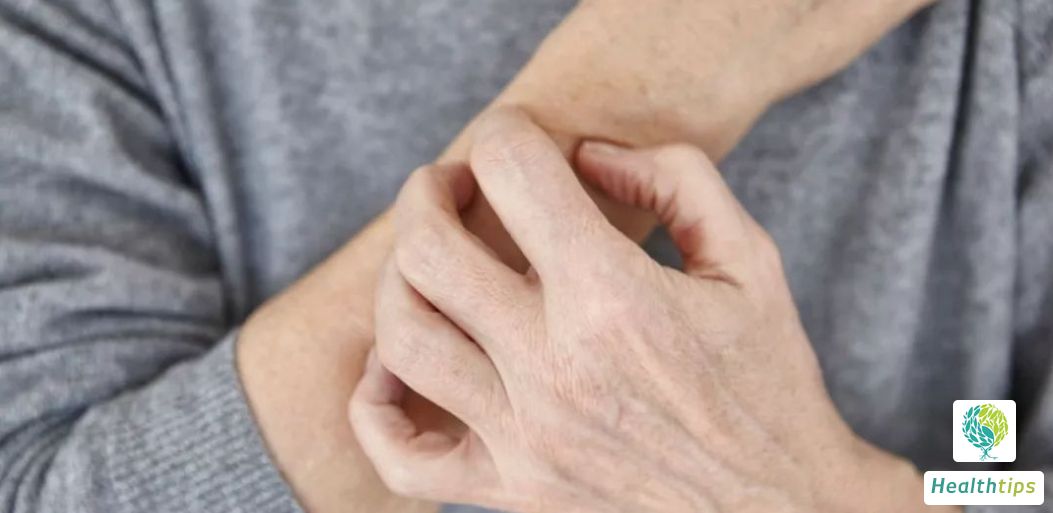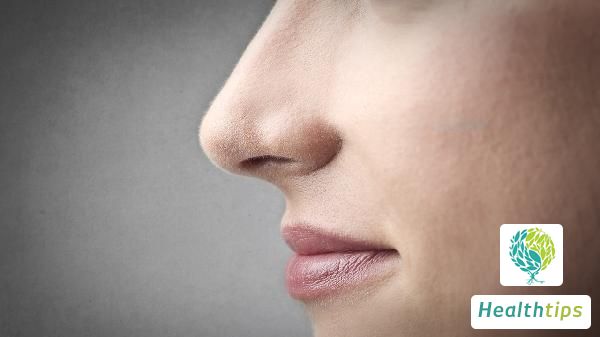"How to Alleviate Gout Symptoms?"
Management of Gout Symptoms Including Joint Pain and Inflammation
When gout patients experience symptoms such as joint pain, redness, and swelling, relief can be achieved through general and pharmacological treatments. It is recommended to promptly visit a hospital for targeted management under medical supervision. Here are the main approaches:

I. General Treatment
1. Dietary Adjustment: In daily life, pay attention to a balanced diet with a focus on low-purine foods like fresh fruits and vegetables such as apples and cucumbers. Avoid high-purine foods like animal organs and seafood.
2. Regular Exercise: Engage in moderate aerobic exercises that promote metabolism and aid in recovery. Avoid strenuous activities that may exacerbate symptoms.
3. Adequate Rest: Foster good sleeping habits to ensure sufficient rest. Minimize late-night activities as they can compromise the immune system, hindering recovery.
II. Pharmacological Treatment
If symptoms persist despite the above measures, and are severe, follow medical advice for non-steroidal anti-inflammatory drugs (NSAIDs) like Ibuprofen Sustained Release Capsules or Diclofenac Sodium Sustained Release Tablets, which provide analgesia and symptom relief. Additionally, uric acid-lowering medications like Allopurinol Tablets or Febuxostat Tablets can be prescribed to control blood uric acid levels and prevent complications. Complementary therapies like acupuncture or massage can also be considered to facilitate meridian flow and blood circulation, beneficial to overall recovery. If accompanied by other discomforts, seek medical attention promptly to avoid condition aggravation.



















